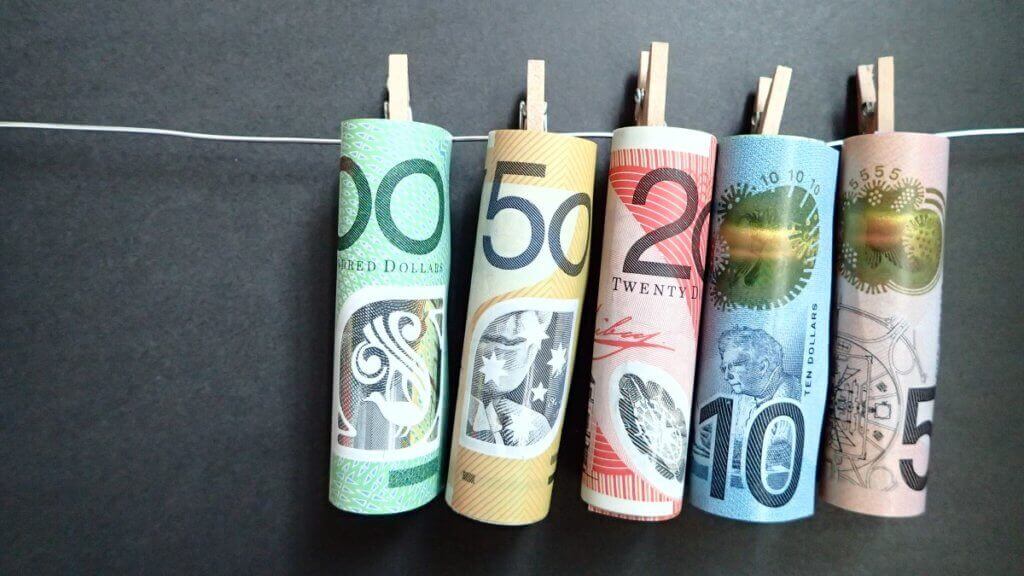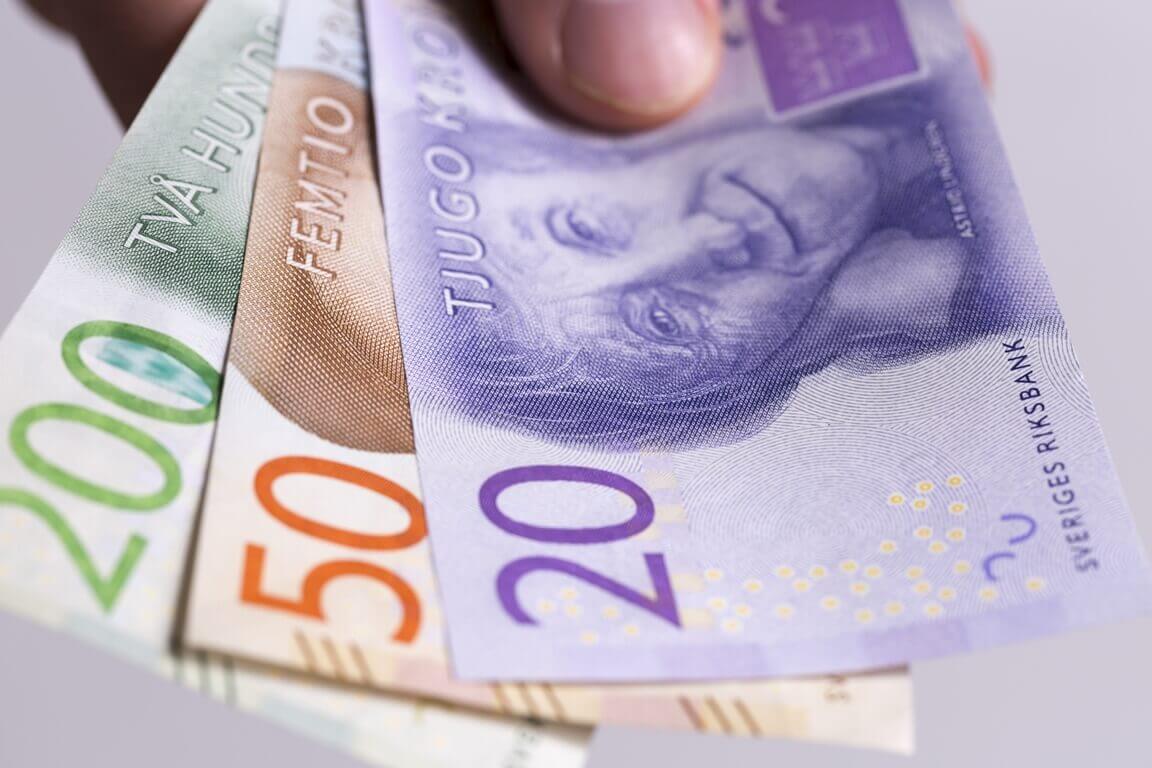The U.S. dollar remained near the middle of its trading range of the past month against the major currencies on Thursday. Investors are looking out for the next week’s Fed policy meeting for some clues on how soon the U.S central bank will start the stimulus tapering process.
The dollar index climbed up by 0.2% at 92.626, changing slightly from Wednesday. It skyrocketed to a two-week high of 92.887 at the beginning of the week. However, the index tumbled down to a one-week low of 92.321 on Tuesday due to a softer-than-expected inflation report. It hit the month’s low on September 3, dropping at 91.941 due to disappointing payrolls data.
Furthermore, the U.S. industrial production data slightly missed expectations on Wednesday. At the same time, import and export prices came in below analysts’ expectations.
Robert Cobo Garcia, the head of FX strategy at BBVA, stated that this week’s inflation report and the figures would help reduce pressure on the Fed at its meeting next week. However, inflation pressures driven by rising costs may not be over according to the commodity prices and the prices subcomponents of the “Empire” survey.
Garcia also added that the transmission to final consumer prices would influence the Fed’s reaction function. However, it may still be too early to see any change in the agency’s stance in the FOMC meeting next week, especially after the negative surprise in core CPI. Domestic news flow and data may give some direction to the U.S. dollar. However, ranges against FX major currencies should remain the same until the FOMC meeting next week.
How could the FOMC’s meeting change the dollar’s course?
Analysts think that the Federal Open Market Committee’s two-day policy meeting, which ends on September 22, will provide some clarity on the outlook for both stimulus tapering and eventual interest rate increases. Furthermore, tapering usually boosts the greenback, suggesting the Fed is one step closer to tighter monetary policy. During that process, the central bank will be buying fewer debt assets. In effect, it will reduce the number of greenbacks in circulation, which in turn increases the currency’s value.
The dollar soared by 0.1% to 109.28 Japanese yen on Thursday. Beforehand, it tumbled down to a six-week low of 109.110 in the previous session.
Meanwhile, the euro declined by 0.2% at $1.1786. The currency was consolidating between September’s high and low of $1.1909 and $1.17705.
Norway’s crown traded slightly lower at 8.5965 per dollar. It dropped from the more than two-month high of 8.5598 reached overnight due to a rally in oil prices. Against the common currency, the crown hit its strongest level since June 25 at 10.1119.
Chris Weston, the head of research at broker Pepperstone in Melbourne, noted that EUR/NOK pair is one of the preferred exposures to play an increasing crude price. There is a solid bearish trend on the market currently. Weston added that if WTI crude and Brent are headed for their respective double tops, then EUR/NOK pair is going one way.
How did the Australian and New Zealand dollars fare?

The Australian dollar plummeted down toward the lowest point this month as Dalian iron ore prices plunged to a new low for the year. Thus far, the Aussie has fallen by 0.2% to $0.7315, after tumbling to $0.73015 on Wednesday for the first time since August 31.
Moreover, the latest data showed the country’s jobless rate unexpectedly dropped to 4.5%, pushing the currency lower. However, the statistics bureau declared that the change reflected a decline in the participation rate rather than a strengthening of the labor market.
On Thursday, the New Zealand dollar gained 0.1% to $0.7112. However, it lost some of the gains after an earlier jump of 0.47%. The strong gross domestic product data prompted the traders to believe that the central bank would start lifting interest rates despite a recent COVID-19 outbreak.
Emerging market stocks plunged by 0.8% on Thursday, pushing them on course for their worst week in a month. MSCI’s index of EM shares has decreased every day this week due to China’s increasing business regulations, Evergrande woes, and weak economic data.
What about Rouble and Lira?
Russia’s rouble also lowered slightly after skyrocketing to an 11-week high on Wednesday. Russian President Vladimir Putin announced that he would have to spend a few days in self-isolation. Dozens of people in his entourage fell ill with coronavirus recently.
Meanwhile, Turkey’s lira traded flat. Turkey’s central bank declared that it has formed a platform. It plans to expand research into the potential benefits of digital currencies.
On Thursday, South Africa’s rand tumbled down to two-week lows. This extended losses after a drop in July retail sales indicated that the economy got off to a shaky start in the third quarter of 2021.
The Polish zloty collapsed to a two-week low as traders contemplated statements regarding the direction of interest rates in the country. One central banker thinks a rise is possible, while another noted that a hike was not necessary at this point.











